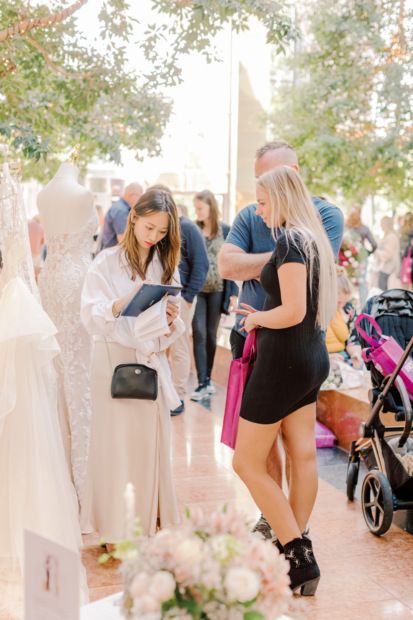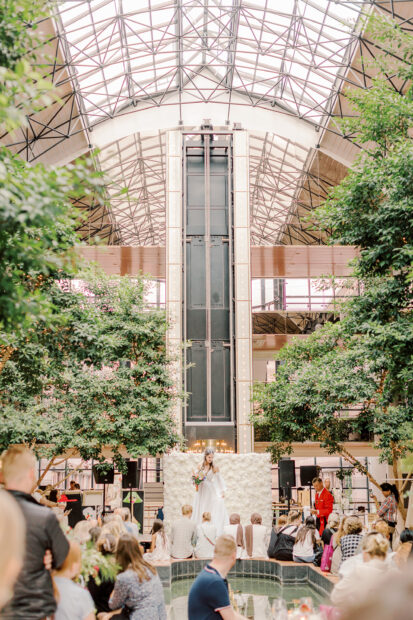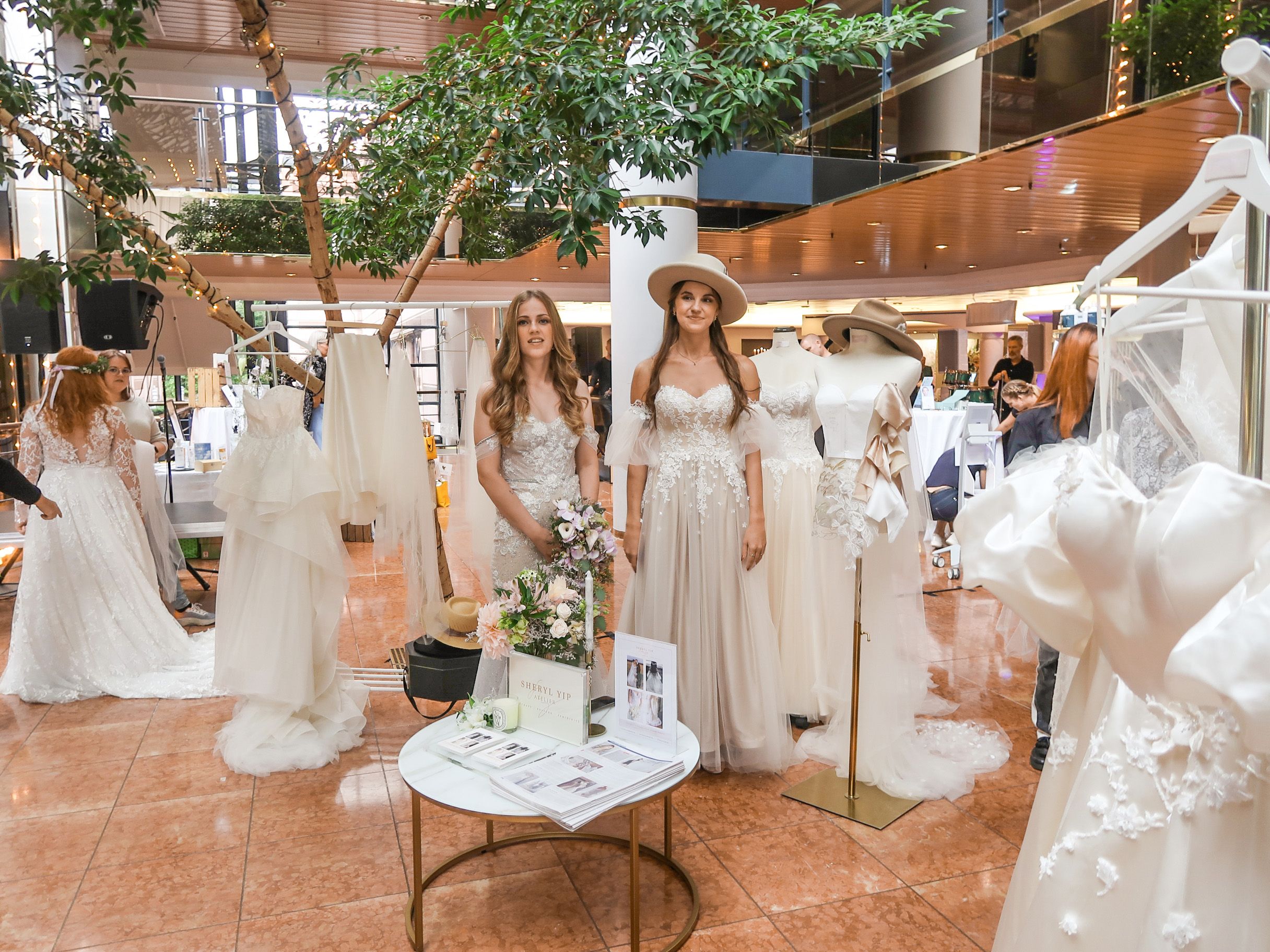Many people often ask me how I got my first job in the fashion industry?
Besides obtaining professional qualifications from a fashion school and interning at a fashion company, here are my five tips for finding an opening in the fashion industry and surviving in its circle.
Hobby or career?
The first important question to ask yourself is: how seriously do you want to work in the fashion industry? Do you see yourself as a hobbyist, a fashionista, or dedicating your entire life to your fashion career? Your objectives and intentions will determine your path.
The fashion industry, with its fast-paced atmosphere and no time to rest mantra, is very competitive. It is not always glamorous. I have seen too many who quit because the reality is different from what they dreamed of.
For those inspired by ‘The Devil Wears Prada’, I am 99 percent certain you will be disappointed. Unless you’re meeting clients every day, cosy sweaters and sweatpants are the norm at the office. Even at big trade events, fashion insiders are rarely seen under the lights – it’s all strictly backstage.
So don’t envisage lots of glitzy events. Most time off from the constant deadlines is spent acquiring as much rest as possible. If you like instagrammable event photos and wearing trendy fashion items, I would suggest you pick a career in tech and finance.

Don’t pay lip service
Visuals speak louder than words. Don’t just say I like fashion. Show it!
Initiate your own project to show your passion for it – and keep doing it. Whether you are engaged in design, styling or another area, choose the right social media platforms to showcase your work professionally – and with personality. Tell your story and concept to the audience.
For professional exposure, submit your curation – for example, a fashion photo shoot – to an online magazine. Wedding Sparrow and Magnolia & Rouge are the renowned online platforms we want to be named by in my wedding field.
Networking made easy
The impact of social media has been enormous. When I started my fashion career 10 years ago, the lines of Instagram and LinkedIn had not yet fully bloomed. Today, they are an essential tool for tracking down direct contacts. It’s so easy to DM somebody who you admire as an artist or a mentor – particularly in Denmark.
I have met a lot of talented artists via Instagram, and this has enabled me to offer lots of different curated photo shoots to a wide range of potential collaborators.
In Denmark, it is common to set up a coffee meeting with someone in the industry, either via a referral, community networking, or a direct approach via Instagram or Linkedin. You may get the chance to visit their workplace and to talk to their colleagues too.
I met my current production assistant via a Facebook community and quickly planned for her to visit my atelier after an online meeting. After all, geographical complications are no longer a concern if you want to meet someone.

Know the ecosystem
When we are drawn in by a mannequin dressed in flattering garments in the window display, or a model in a commercial or on the catwalk, it’s all part of a much bigger picture that involves so many different industries. So what departments are involved in the ecosystem? And which area appeals to you the most?
Although I have always been a fashion designer at heart, my role has never been limited to just designing. I have explored many different fields – most particularly those with strong links to my own expertise.
For example, production, sampling and styling are closely related, so it’s been invaluable to have a good understanding of what’s involved. This helps you to communicate better, minimise interdepartmental conflict and smoothen the workflow.
After all, I liaise with them every day; it’s essential for good teamwork. Learn their ‘language’ and consider their perspective. Meanwhile, the all-round skills you acquire will be fruitful when you encounter challenges.
Go where they go!
If you want to be a designer, you can’t just look up the seasonal trends. To be a trendsetter, you have to go where they find inspiration. When you know how to get one step ahead, you get closer to being in the circle.
Visit museums, galleries, fabric tradeshows and insider exhibitions. Top tip: travel to Premiere Vision in Paris, where you’ll see what the upcoming fabric the top international designers have in collections six months ahead.
And plan a visit to CIFF and Revolver during Copenhagen Fashion Week. They are the buyer tradeshows where you’ll get to know how the wholesale market works.
Check if your favourite fashion brands are organising any store in-store events. Besides the salespeople, you’ll be able to meet the PR manager, designers, or even the CEO.


